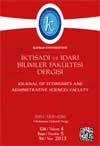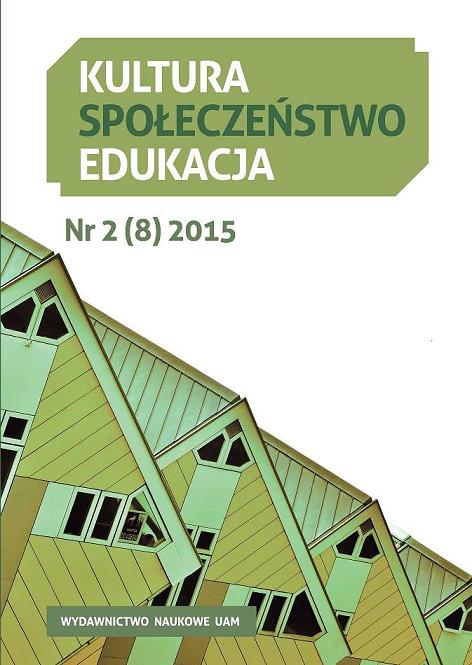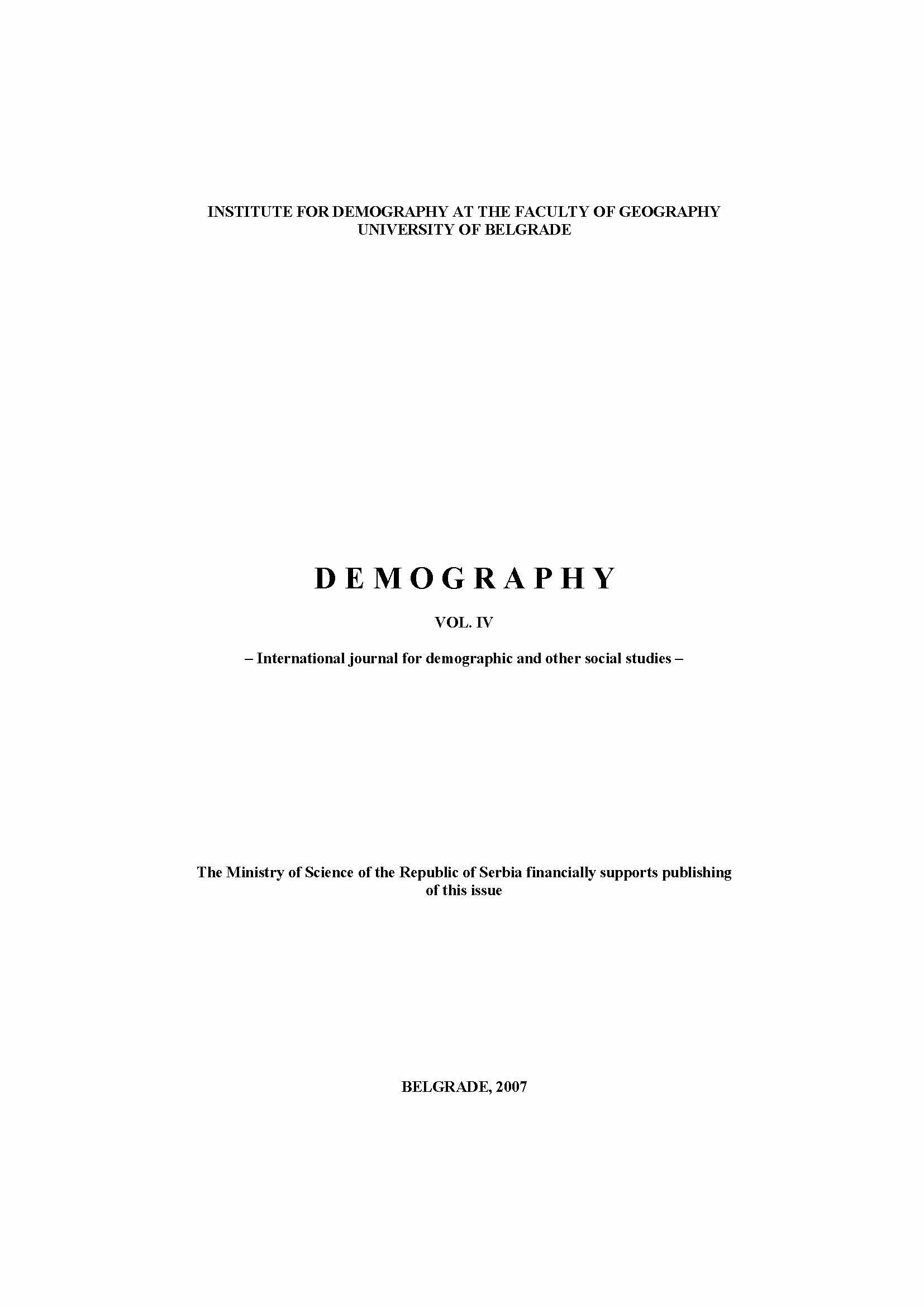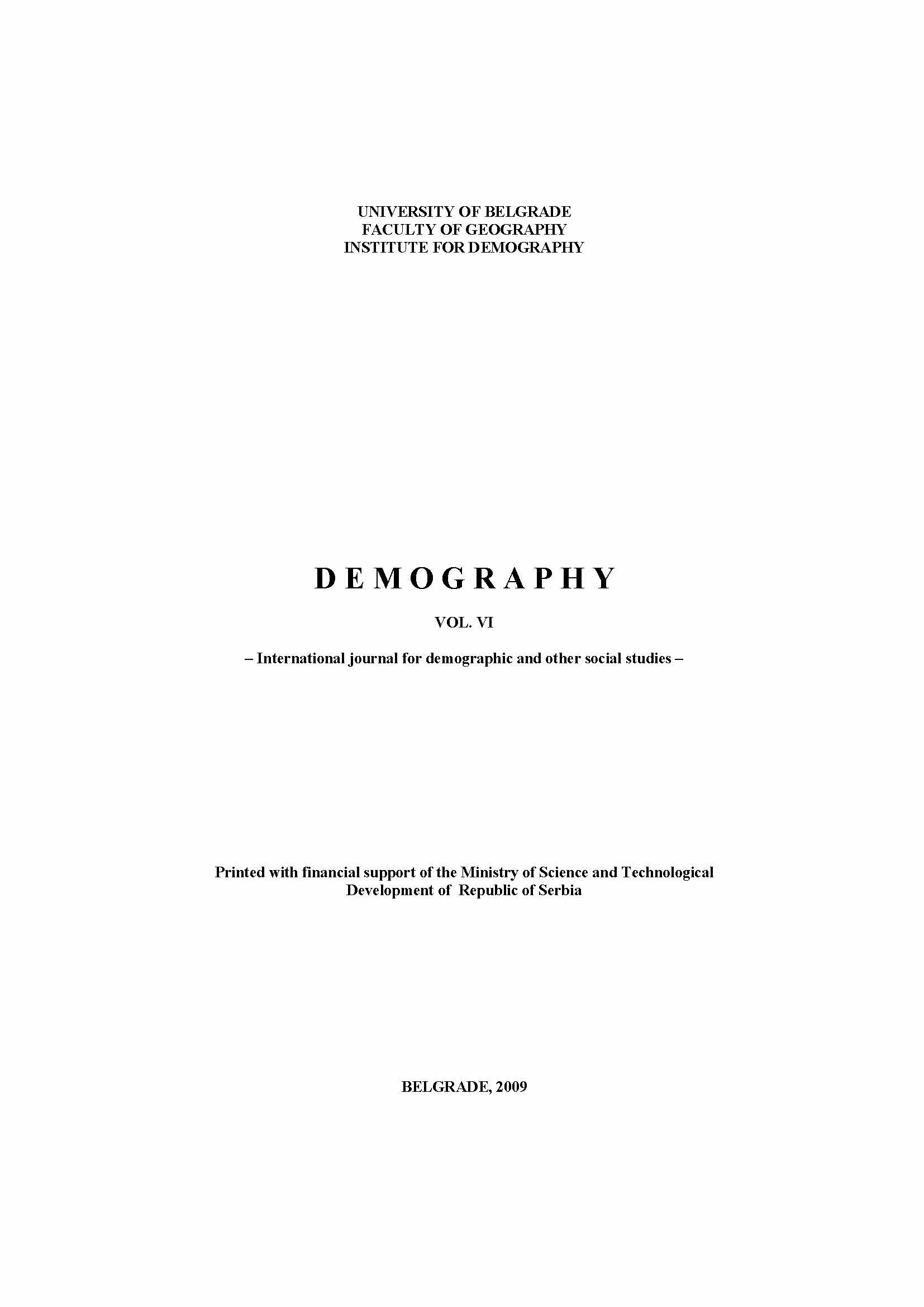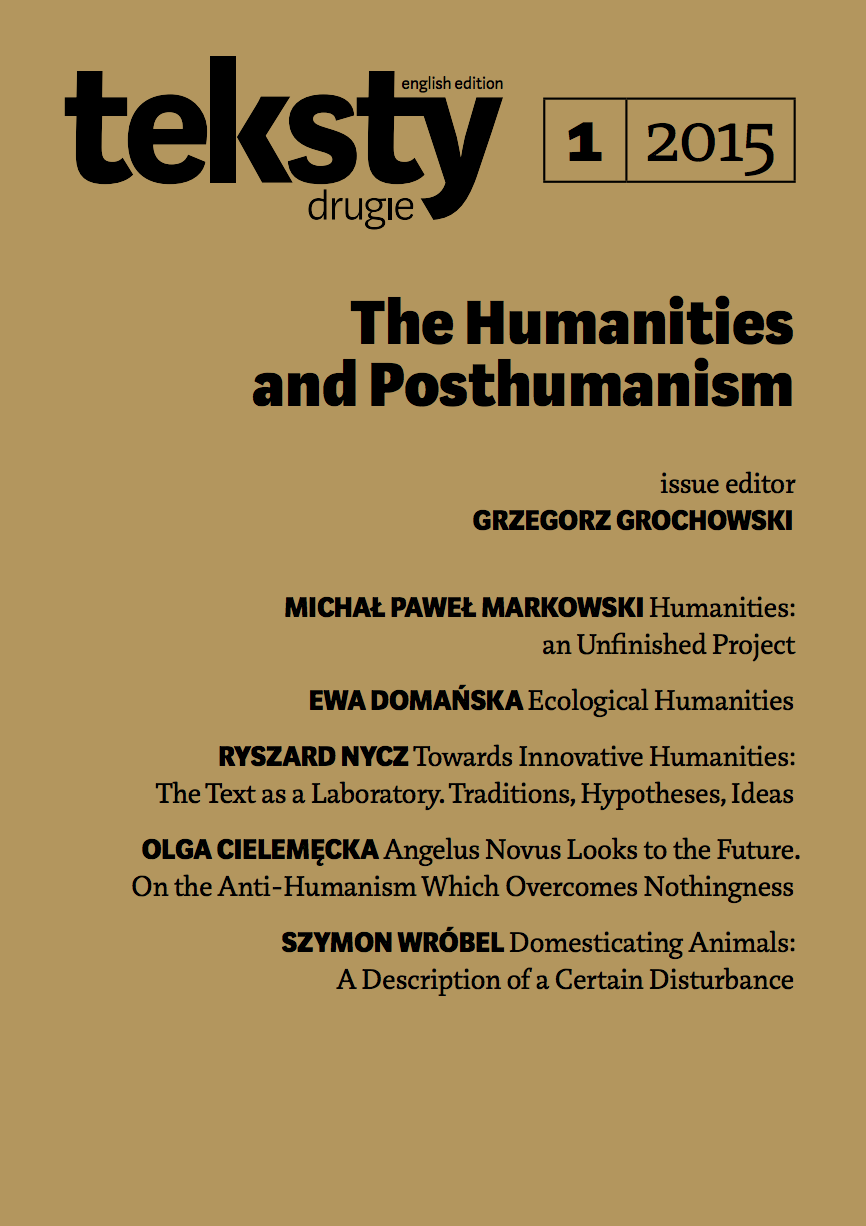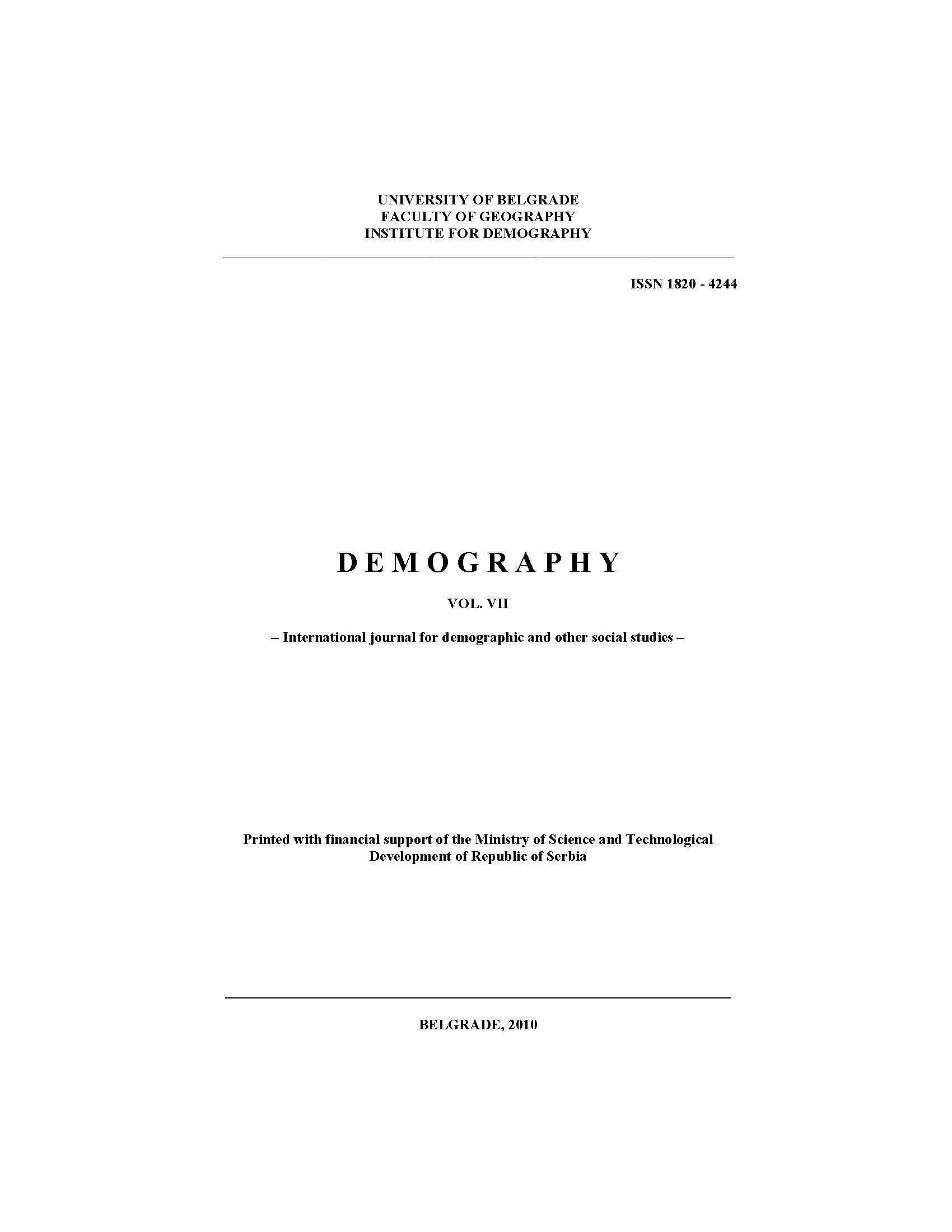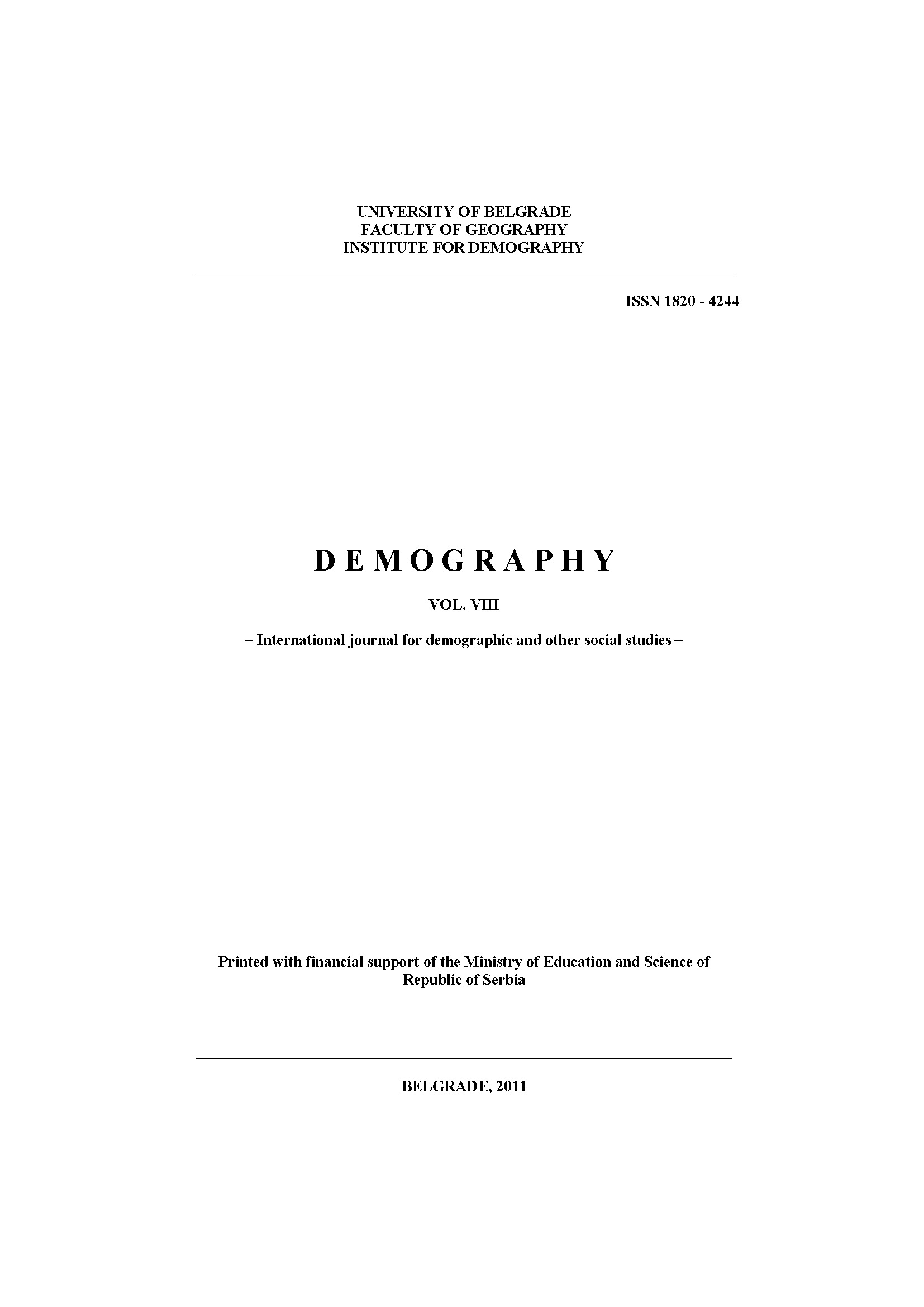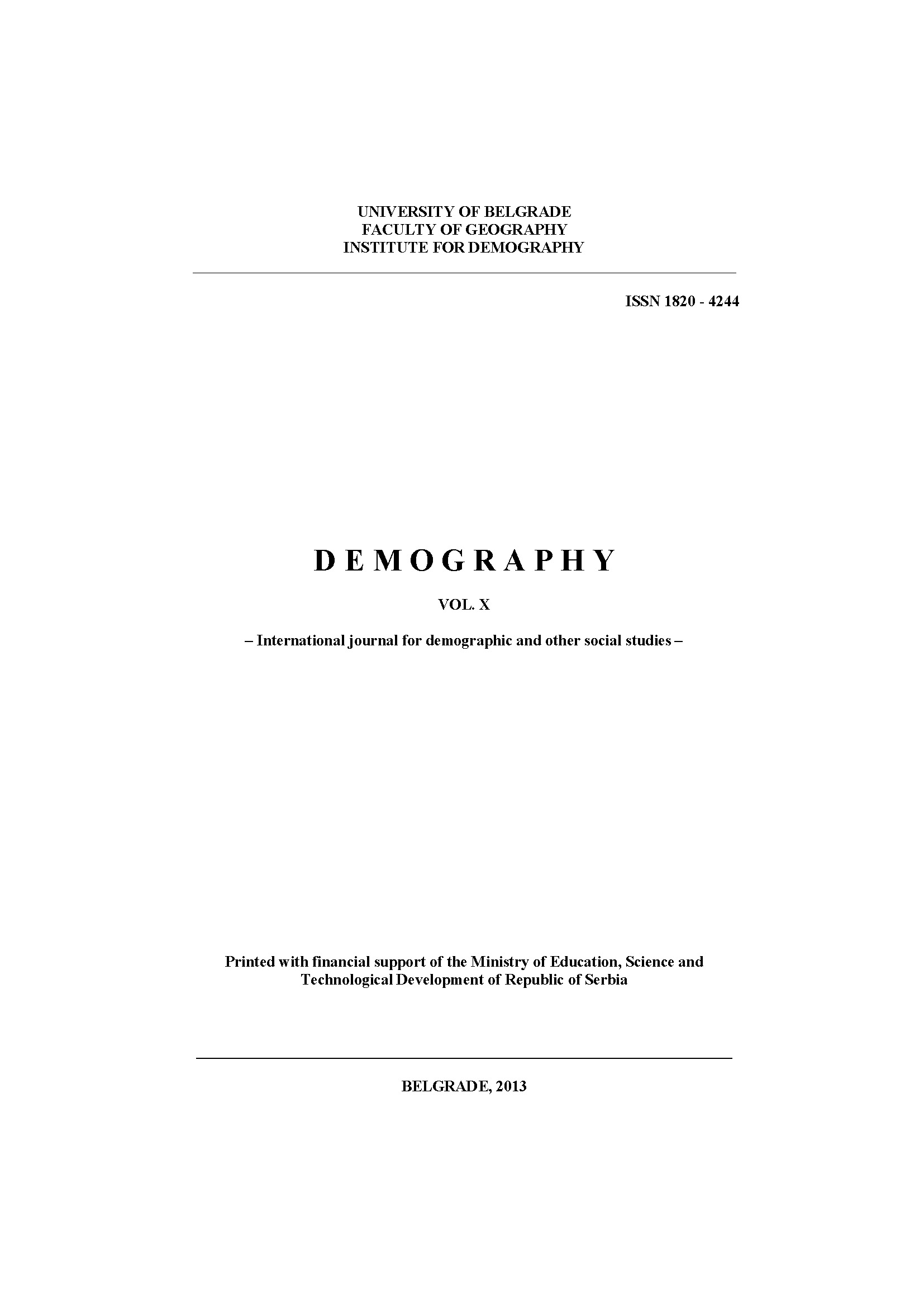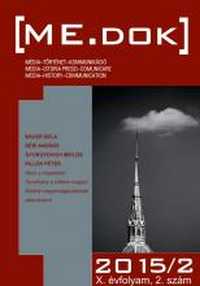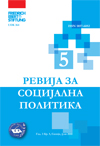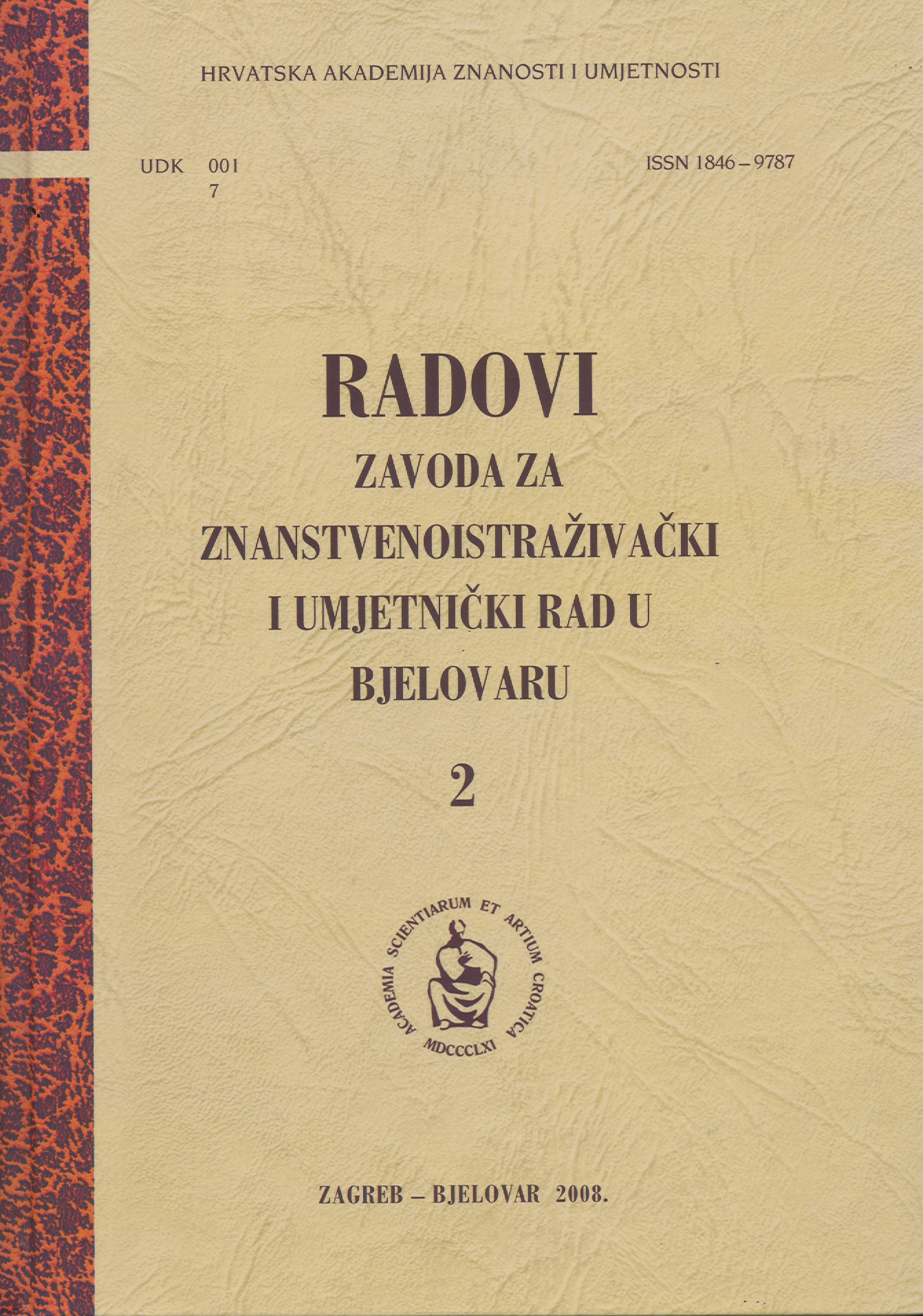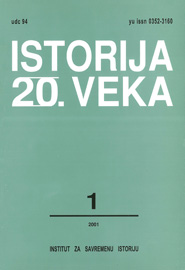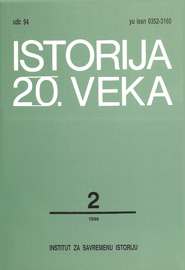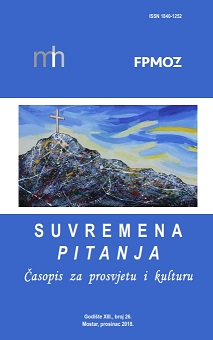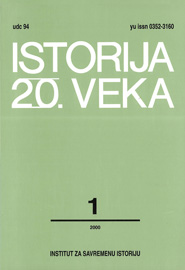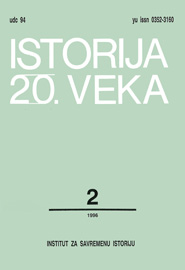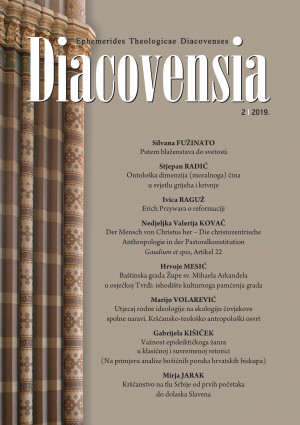Author(s): Tomislav Bogavac / Language(s): Serbian
Issue: 2/1996
This work is a study of the centuries-long demographic regression of the Serbian people in Bosnia and Herzegovina. The Serbian state which existed prior to Turkish conquests, stretched between the river Una and the Novi Grad sea in the west, and the river Drina in the east. The period following Turkish penetration of the Balkans, the years under Austro-Hungarian occupation and the period of the common Yugoslav state are given particular attention. The demographic regression of the Serbs was caused by the abduction of children as a form of tribute, by conversion to Islam and Catholicism and by the Croatisation of the Serbian population. In 1847 the population was 51.13% Serb, 13.92% Croat and 34.95% Muslim. Territorially, Serbs were in the majority in 24 districts (»nahije«) (54,54%), Croats in 13 (29,54%) and Muslims in 7 (15.90%). The Austro-Hungarian occupation of this region caused by 1910 the departure of 250.000 Serbs and tens of thousands of Muslims, and the arrival of tens of thousands of Catholics - Croats. That year Serbs were the most numerous ethnic group in 27 districts (»srez«) (49,09%), Muslims in 16 (28,57%) and Croats in 12 (21,43%). The author sees a connection between these figures and the views expressed at the Dayton conference that Republika Srpska should receive 49% of the territory of Bosnia and Herzegovina. In the course of the First World War, out of a total of 522.000 lives lost 45% were Serbs, 30% Muslims and 23% Croats. The Second World War also caused the greatest losses to the Serbs, out of 700.000 casualties 57% were Serbs, 15.7% Muslims and 26.5% Croats. During the wars both Austria-Hungary and Germany recruited large numbers of Croats and Muslims into Austro-Hungarian and Ustasa military units which executed mass genocide of Serbs. On the other side were Cetnik units which carried out the genocide of Muslims and Croats. This made the formation of a multi-cultured environment in Bosnia and Herzegovina in the post-war period extremely difficult. Throughout this period the division of power between Croats and Muslims is evident, accompanied by various forms of repression against the Serbs. Partly as a result of this situation and partly for economic reasons about 600.000 Serbs left Bosnia an Herzegovina by 1991, dropping to 31,4% of the population. The Muslim population inhabiting this territory became homogeneous after they acquired national status. There had been no demographic growth among the Serbs from 1961 to 1991. The civil war drove Muslims and Croats from Serbian territories and Serbs from territories held by the Muslim-Croat federation. The exchange of refugees is slowed down and hampered by the extreme hatred and mutual distrust of the sides involved. The author predicts a stable situation in the future, in which the Muslim-Croat federation will have about 2.300.000 inhabitants (65% Muslim, 26% Croat, 6.5% Serb and 1.5% other), while Republika Srpska will have a population of 1.850.000 inhabitants (85% Serb, 5.5% Croat, 5.5% Muslim and 4% other). The settlement in Republika Srpska of a large number of Serb refugees from Croatia is anticipated by the author. Consequently, the territory will be divided in a proportion of 51:49 and the population in a proportion of 55.4%:44.6%. The implementation of the Dayton agreement will mark an end to a period of the formation of nation states on the territory of the former SFRY with a distinct decrease of Serbian ethnic territory. Serbian land will spread over 127.305 sqkm (FRY and Republika Srpska), or 49.84% of the territory of the former SFRY (although Serbian ethnic territory previously occupied 65-70% of this territory), the territory of the Muslim-Croat federation will occupy 82.385 sqkm (32,25%), Slovenia 19.992 sqkm (7.83%) and Macedonia 25.713 sqkm (10.06%).
More...

